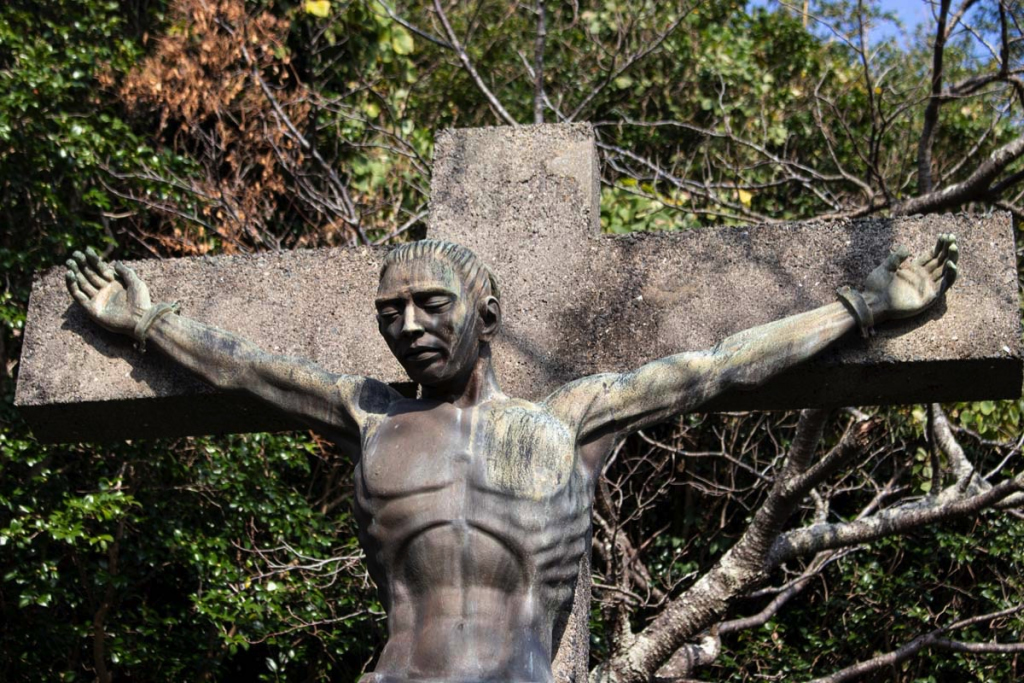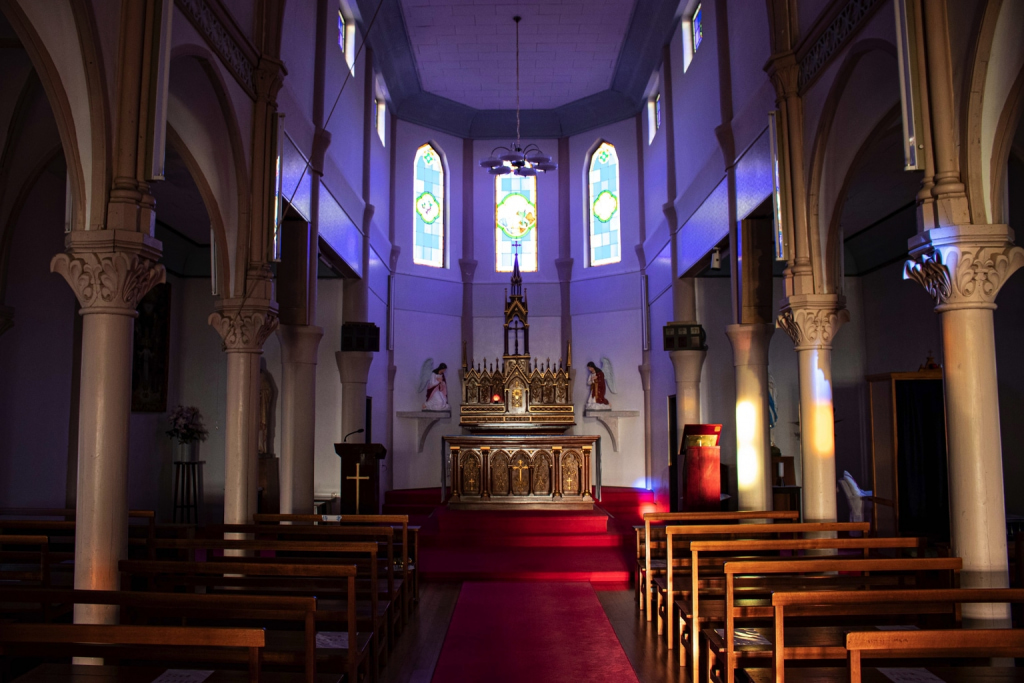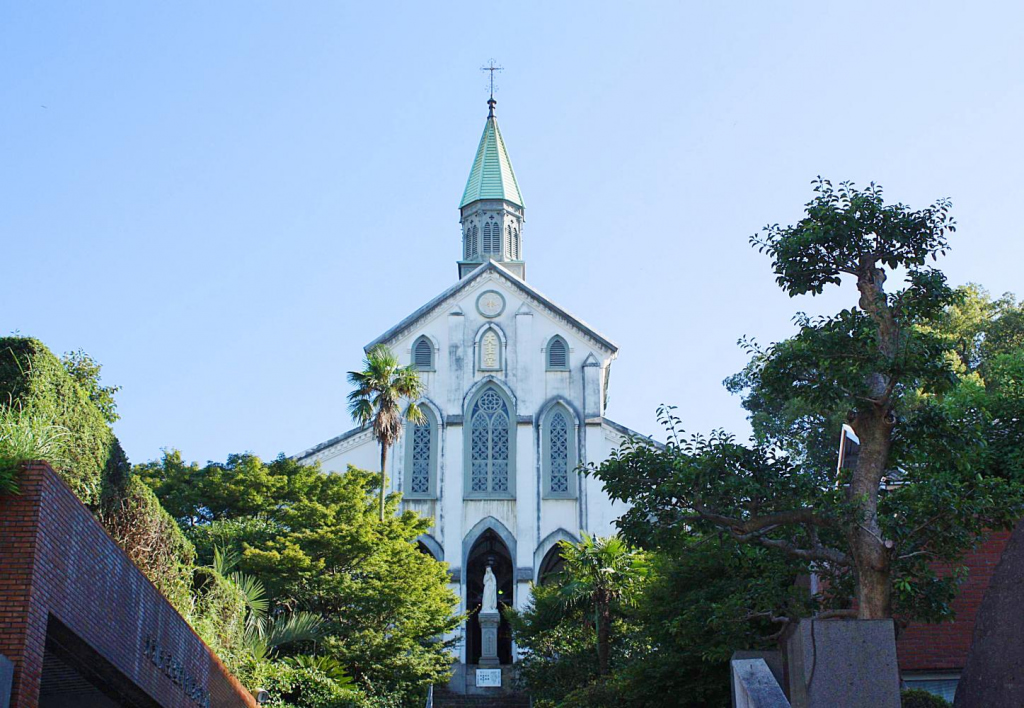In 1549, Saint Francis Xavier, a Spanish missionary, landed on the Japanese island of Kagoshima, with the aim of converting Japanese people to Christianity. He made remarkable inroads: within 50 years, the number of Christians in Japan was estimated to be around 300,000. Despite this, Christianity in Japan was short-lived, lasting just 65 years above ground, before it was outlawed by the shogunate. So, what happened to those who’d been practicing the religion for half a century? They hid.
How Christianity Came to Japan
In 1545, Xavier was in modern-day Malaysia, attempting to convert the local people to his religion. It was around this time that he met a Japanese man named Anjiro, who had a keen interest in Christianity. He worked to persuade Xavier to try his luck spreading the religion in Japan. Anjiro became a priest after being baptized by Xavier and the two set off for the former’s hometown of Kyushu, landing in Kagoshima in August 1549.
Xavier tried hard to convert the local people in Kagoshima, but found it tough, so he moved inland to try his luck on the main island. He began in Hirado, Nagasaki, where Christianity proved more popular because people there were familiar with Portuguese traders.
Xavier left to meet his superiors in India just two years later, fully intending to return. Unfortunately, he never made it back and died in Taishan, China, on December 3, 1552. He did, however, leave an indelible mark on the Japanese people. It has been reported that there were over 150,000 Christians in Japan by 1582, with the number rising to 300,000 by the end of the century.

The Persecution of Christians
Missionaries were welcomed by the shogunate at the time Xavier first landed. They were seen as allies in the fight against Buddhism. As the conflict continued, though, leaders began to change more frequently and they began to distrust the religion.
Toyotomi Hideyoshi, the new shogunate who fought his way to power in 1582, tried to unify the country. He banned all missionaries from Japan in 1587. A year later, he seized control of Nagasaki and its surrounding areas from the Christians.
In 1596, a Spanish vessel was discovered shipwrecked on the shores of the peninsula, leading to rumors of an invasion. One year later, 26 Catholics were martyred on Nishizaka Hill in Nagasaki. Confusingly, Hideyoshi was keen to keep open trade lines with Europe, so the ban on missionaries wasn’t strongly enforced, and they still managed to keep working on the island.
In 1614 the Tokugawa shogunate banned Christianity. Between 1617 and 1644, over 1,000 Japanese Christians were executed. In order to work out who was a Christian or not, the authorities ordered suspects to stamp on a picture of the Virgin Mary. If they could do it without hesitation, they were safe. If not, they were killed.
Japanese Christians in Hiding
The remaining Christians had to hide their faith, and started practicing in secret. They used various methods to trick outsiders into believing that they were worshiping Buddhist or Shinto deities.
Luckily, the original missionaries had anointed many Japanese Christians as priests, who were less detectable than their foreign counterparts. These local clergymen worked to keep the faith alive in any way they could.
These secret Christians became known broadly as “Kakure Kirishitan” (hidden Christians). Followers were mainly located in Nagasaki Prefecture, especially on the Goto Islands. There are thought to have been around 30,000 hidden Christians around that time.
Methods of Hiding
These hidden Christians practiced both in Buddhist temples and the houses of Christian priests, where they would perform ceremonies in secret. They hid a lot of their artifacts in plain sight, adjusting the symbolism to make it seem like it was Shinto or Buddhist, when it was neither.
The Virgin Mary statue, for instance, was disguised as the Buddhist deity Kannon. She was called Maria Kannon, and examples can still be found today.
The hidden Christians would also hide small crosses inside Buddhist statues. To outsiders, it would seem that they were praying to the statues themselves, but they were actually praying to the cross hidden in the statue.
They also changed the words of some of their prayers so that it would seem like they were chanting Buddhist sutras.

Inside Kusuhara Church
Lifting the Ban on Christianity
In 1873, Japan was forced to reopen its borders, and this changed everything. Christians could practice their beliefs out in the open. Many chose to rejoin the church, but others stayed hidden, having grown accustomed to practicing their faith in secret.
Types of Hidden Christians
Senpuku Kirishitan and Kakure Kirishitan are both referred to as hidden Christians in English, yet there is a subtle difference. Both hid and practiced their faith in secret while the religion was outlawed, but Senpuku Kirishitan reverted back to normal Christianity once the ban was lifted during the Meiji Restoration in the late 19th century. Kakure Kirishitan kept the faith they’d built up over the past 200 years, diverging away from the straight-up Christianity that they’d originally practiced.
Today’s Kakure Kirishitan practice a highly unique form of Christianity, developed across the generations while they were forced to go into hiding. It’s said that many of them remain hidden to this day, out of respect for their traditional Christian brethren, and also because their faith is built on secrecy.
If you visit the Goto Islands in Nagasaki, you’ll find relics from that time when hiding meant survival, and Christianity meant something a little different.









